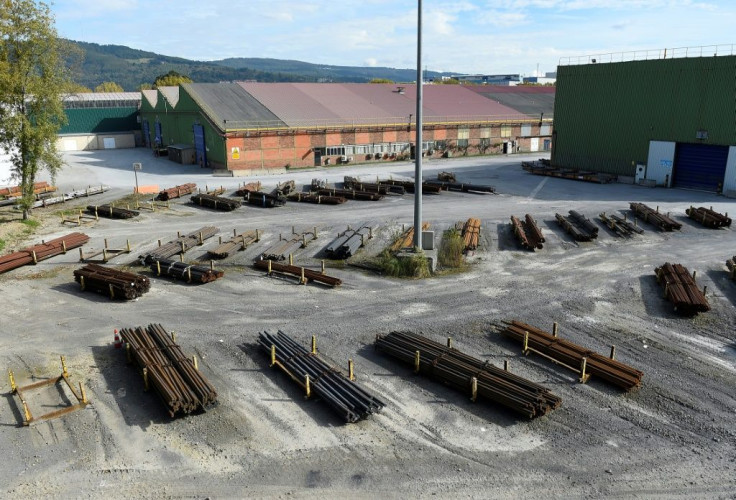Doing Away With Aluminum Tariffs Would Be A Win For US Economy, Climate

It’s no secret that former President Donald Trump’s imposition of Section 232 tariffs on steel and aluminum imports were unpopular in many circles, especially among American industries who depend on those metals for production. Aluminum, slapped with tariffs of 10%, saw its price jump from about $1,600 per ton to nearly $2,800 per ton. Tin, likewise, nearly doubled from its price of $20,000 per ton.
In recent months, however, we have seen momentum mount toward undoing Section 232 tariffs on steel and aluminum imports. That’s good news, but more needs to be done.
The first shoe dropped this past November, coinciding with the G20 and COP26 in Glasgow, Scotland, when U.S. and European Union officials announced incremental relief for the steel and aluminum trade. The agreement exempted 3.3 million tons of steel, 18,000 thousand metric tons for unwrought aluminum products, and 366 thousand metric tons for unwrought aluminum products.
EU President Ursula Von Der Leyen also announced it would abandon a new wave of tariffs set to go into effect on Dec. 1. U.S. Trade Representative Katherine Tai said the deal would help “turn the page on past disputes and begin a new chapter of enhanced trans-Atlantic relations.”
The second shoe dropped on Jan. 19, when the U.S. and the U.K. announced they would begin bilateral discussions to address global steel and aluminum excess capacity, including Section 232 tariffs. Full details about the goal of the discussions have yet to be released, but one hopes that both countries have full alleviation of these tariffs in their sights. American officials are also working hand in hand with the Japanese to set a course for steel and aluminum markets that encourage lower-carbon production.
Section 232 tariffs are no small matter of trade policy, as doing away with them would be a win not just for American producers who count on materials like steel, aluminum, and tin, but for the climate as well. That’s because increased participation by the U.S. in the global aluminum trade, in particular, would move the world one step closer to low-carbon manufacturing technologies and, eventually, to aluminum carbon neutrality.
At the moment, China’s dominance of aluminum production is a major climate challenge, as Chinese aluminum smelters would be the world’s 16th largest contributor to global carbon emissions if they were a nation.
Removing tariffs would help unleash low-carbon aluminum, which leverages hydropower and uses advanced smelters, aluminum production could account for fewer carbon emissions that contribute to climate change. How nations produce commodities like aluminum matters, which is why fully eradicating Section 232 tariffs and creating a level playing field for low- and zero-carbon commodities is vital. Reducing trade barriers for non-Chinese aluminum would not only reduce China’s growing dominance of the global aluminum market it would also help reduce emissions.
For the long haul, the U.S. needs a secure supply chain from diverse sources to meet domestic demand for aluminum use. Doing away with tariffs and cultivating more predictable markets can help us get there, as securing a diverse supply chain from reliable partners strengthens economic activity, and grows jobs.
The goal of President Trump’s Section 232 tariff on steel and aluminum was in part to raise the price of imported aluminum to encourage domestic manufacturing; the data so far shows us that objective hasn’t been successful. Another goal was to combat Chinese overcapacity and illegal dumping of those commodities.
That continues to be a real problem, as China’s production of aluminum has skyrocketed from just 11% of global production in 2000 to more than half today. For the long-term, the U.S. must find a way to strengthen its position on trade enforcement, counteracting China’s subsidies and artificial incentives that distort the market in its favor.
However, the answer has never been trade protectionism. To beat back China and win on climate, the real answer is replacing old commodities markets with new ones, markets geared low- and zero-carbon production. Creating a free and open green corridor for low-carbon goods and services is not only a winner for the U.S. and key allies such as the EU, but for the longevity of our planet, and for American consumers who will benefit by lower cost everyday products.
Baron Hill served as the representative for Indiana’s 9th congressional district.
© Copyright IBTimes 2025. All rights reserved.





















